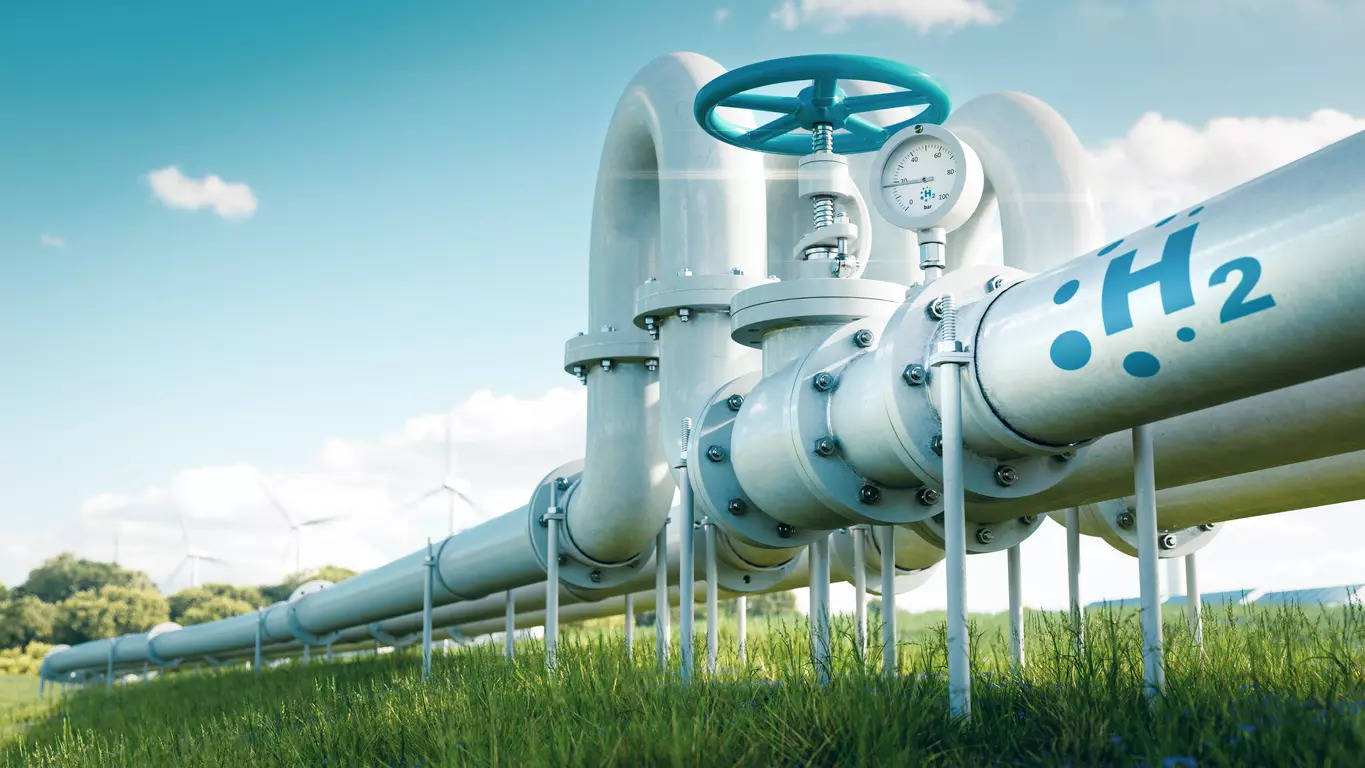Green hydrogen can be made by electrolysis (splitting water into its constituent elements – hydrogen and oxygen – by using electricity which necessarily should be green electricity i.e., generated by solar or wind or other renewable sources).
India’s potential from bio hydrogen itself can be 5 million tonnes of green hydrogen per annum.
Out of all aspects of the Hydrogen ecosystem, generation is the most important part. There are several ways of producing Hydrogen – grey (from fossil materials with CO2 let out in the air), blue (from fossil materials with CO2 stored or converted), and green (in which no additional CO2 is let out in the air). Focus on green Hydrogen is crucial for the fuel technology to be truly a game changer. Because it really addresses our core national issues that we talked about in the previous part of this article series.
Green hydrogen can be made by electrolysis (splitting water into its constituent elements – hydrogen and oxygen – by using electricity which necessarily should be green electricity i.e., generated by solar or wind or other renewable sources). The current cost of generation of hydrogen by electrolysis is in the region of ₹ 600-800 per kg. At this rate the cost per kilometre for an FCEV will be about 45–50% higher than that of a diesel vehicle for a similar longdistance heavy duty commercial operation. Clearly this is not an economically viable option today. However, the picture can change quite dramatically. Since green electricity can only be generated when the sun shines or the wind blows, for continuous hydrogen generation one would need energy storage when renewable energy is not available.
The primary deciders of hydrogen cost are the cost of the electrolyser, cost of storage and the cost of electricity. Electrolyser is a fairly well-known technology the cost of which is largely driven by the volume of production. The new hydrogen mission focuses on manufacture of electrolysers within the country. With the scale that one can envision both in solar as well as in production of electrolysers, it is anticipated that by the end of this decade the cost of green hydrogen can drop to $ 1/kg. At this rate the cost per kilometre of an FCEV will be around 25% less than the cost per kilometre of an equivalent diesel vehicle.
Green hydrogen can also be made by converting bio-waste or other biomass such as wheat straw, rice straw, cotton stalk, bagasse, forest residue, etc. into hydrogen through gasification or microbial route. The technologies for both these options have been developed by us here in India. We have worked with Agharkar Research Institute (Autonomous institute under DST) to develop a unique, high-yielding process that uses a novel microbial consortium to produce Hydrogen directly from biomass and methane thereafter. Through a collaboration with Ankur Scientific Technologies, we have developed a gasification-based Hydrogen generation process which would be better suited for woody biomass.



3175x175(CURRENT).thumb.jpg.b05acc060982b36f5891ba728e6d953c.jpg)


Recommended Comments
There are no comments to display.
Join the conversation
You can post now and register later. If you have an account, sign in now to post with your account.
Note: Your post will require moderator approval before it will be visible.